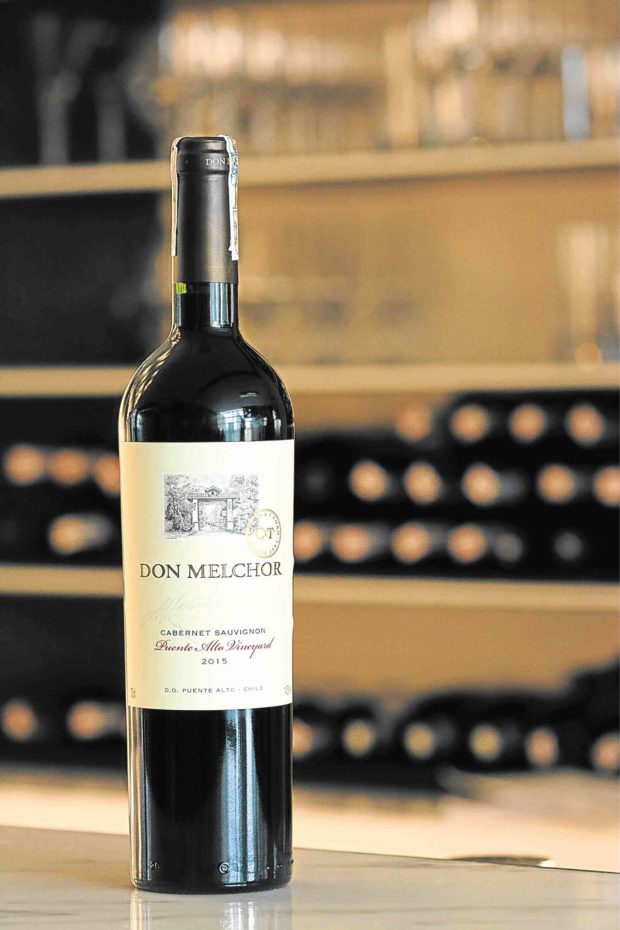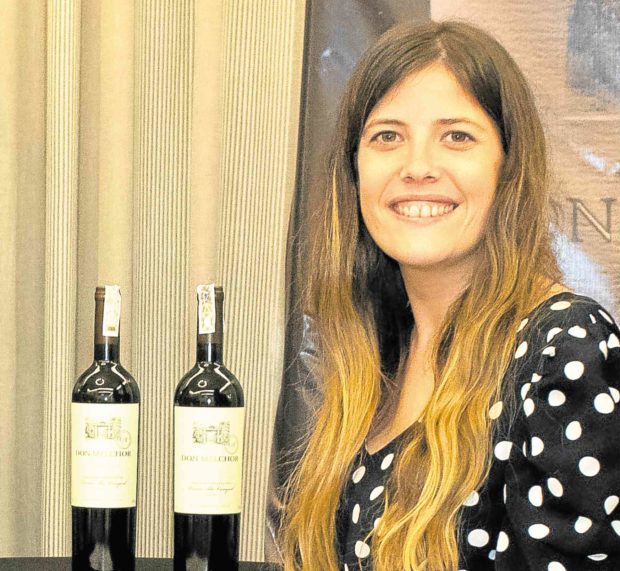Old World wines vs New World wines
If you are one of those, like me, who have always had a preference for Old World wines, it’s time to give New World wines a chance.
For those who are only starting to appreciate wines, here are a few major differences: First, geography. Old World wines are from the traditional wine-growing regions of Europe while New World wines refer to, well, pretty much everywhere else. Or some look at it this way: Old World wines are those from countries that were colonizers or countries that sought new land across the globe, e.g. France, Italy, Spain; while New World wines are from countries that were colonies generally, e.g. the US, Australia, South Africa, Argentina.
Second, the processes involved in making the wines. Old World wines rely heavily on tradition, history and their winemakers strictly following rules and regulations in the country where they are made; whereas New World winemakers are more open to experimentation, technology and doing things differently.
Third, characteristics of the wine due to terroir. Old World wines, according to experts, generally exhibit more earth, mineral and floral components while New World wines, because of the warmer climates in these countries, are often more alcoholic and fruit-centered.
Now that we know the distinctions, let’s just keep to ourselves what we thought all along—that Old World wines are more expensive and New World wines are just generally cheaper.
I was recently introduced to a wine called Don Melchor from Chile, a former colony of Spain (around the same time that the Philippines was a colony of Spain, between 1540 and 1820). When I was told about this wine, I was a bit skeptical. The name sounds almost like it’s an olive oil or sauce brand, although it is apparently an important name in Chile.
This reminds me of another difference between Old World and New World wines. Old World wines usually bear the name of the chateau or wine estate while New World wines either have super cool names like Stump Jump (Australia) or Goats Do Roam (South Africa) or even the heretical Blasted Church (Canada). The latter also uses the winemaker’s name, such as Kendall-Jackson after Jess Jackson (California) and, as I mentioned earlier, Don Melchor for Melchor Concha y Toro of Chile.
Don Melchor
Don Melchor, I learned, was an important man in Chile in the 1800s. He was a Marquis of Casa Concha by the Spanish Crown, meaning he was Spanish nobility, and he was also a congressman and later senator of Chile. Incidentally, he also started his personal winery, the Concho y Toro winery. He brought seeds to Chile from the Bordeaux region of France and hired French ethnologist Monsieur Labouchere. Today, this winery produces Chile’s finest cabernet sauvignon.
Lest it be misconstrued as self-praise, we look to James Suckling for guidance. He gave the 2015 vintage, which I had the pleasure of tasting a few weeks ago, 98 points. In fact, on his 2017 list of the Top 100 Wines of the Andes, Don Melchor (vintage 2014) was No. 8. This made Concha y Toro’s iconic cabernet sauvignon one of South America’s top wines for the fifth year in a row. In 2016, two of Don Melchor’s wines made it to the top 10, making Don Melchor the only Chilean wine with two vintages featured: The 2012 Don Melchor was ranked 6th with 98 points and the 2013 was ranked 50th with 96 points.
Chilean wines
Suckling also had me convinced it was time to start appreciating Chilean wines. He notes, “The fact that six out of 10 wines on this year’s Top 100 Wines of the Andes 2017 list are from Chile clearly tells everyone that the country is really on top of its winemaking game. We think Chilean wines have never been better thanks to a string of excellent vintages and a general improvement in viticulture and winemaking, which has finally arrived at every level of the market … great wines by all standards and rank among the best wines of the world, even when compared against classical regions such as Bordeaux and Burgundy.”
Of the many Chilean wines, Don Melchor stands out because of the strategically located terroir of its 127 hectare estate.
Don Melchor winemaker Isabel Mitarakis, who was in Manila a few weeks ago, explains the winery is located in the renowned Puente Alto vineyard on the Andean foothills at the north bank of the Maipo River. “We have the influence of the Andes mountains and the Pacific ocean so there is cold weather although there are also warm spots inland,” she explains, differentiating their terroir from the otherwise generally warm weather of other estates. She says this terroir allows them to create a blend that reflects Old World: High-end notes.
Concha y Toro regional marketing manager Yoo Na Lee adds they also purposely seek to create the best cabernet sauvignon: “We don’t want to make strong, heavy wines. We want smooth, silky tannins.”
The focus on quality is also evident in their decision not to mass produce the wine—there is only one blend per vintage of Don Melchor.
Because they produce only a limited amount, word is that these bottles sell fast. Some vintages from the past few years are no longer available in the market. The minute that Suckling gives his rankings, the bottles are instantly sold.
So I guess it’s really time to go New World. Looking forward to discovering more Chilean wines!


